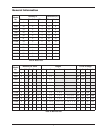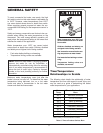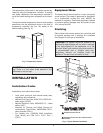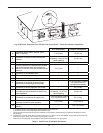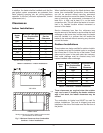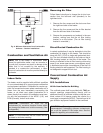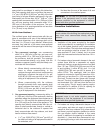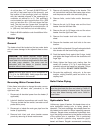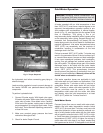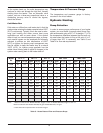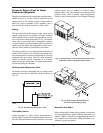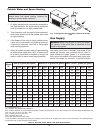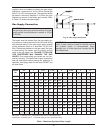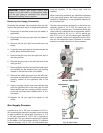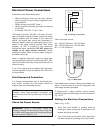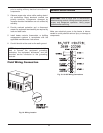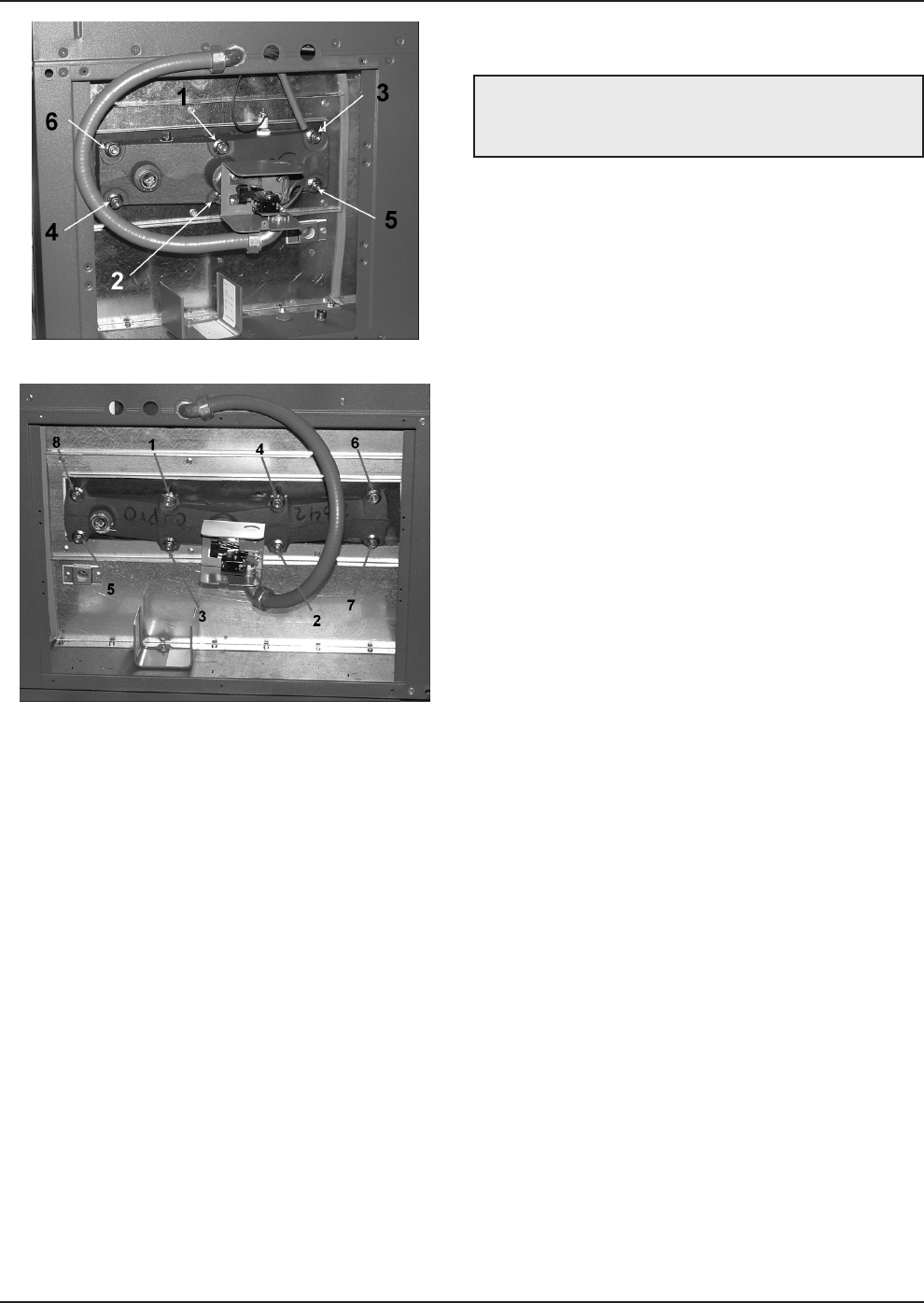
Fig. 9: Torque Sequence
the hydrostatic test before connecting gas piping or
electrical supply.
Leaks must be repaired at once to prevent damage to
the heater. NEVER use petroleum-based stop-leak
compounds.
To perform hydrostatic test:
1. Connect fill water supply. With bleed valve open,
fill heater with water. When water flows from bleed
valve, shut off water. Close bleed valve. Carefully
fill the rest of the system, making sure to eliminate
any entrapped air by using high-point vents. Close
feed valve. Test at standard operating pressure for
at least 24 hours.
2. Make sure constant gauge pressure has been
maintained throughout test.
3. Check for leaks. Repair if found.
Cold Water Operation
A heater operated with an inlet temperature of less
than 105ºF (41ºC) must have a manual bypass or an
approved low-temperature operation system to pre-
vent problems with condensation. A manual bypass,
shown in Fig. 15, must be piped into the system at the
time of installation. This piping is like a pri-
mary/secondary boiler installation with a bypass acting
as the secondary boiler piping. Raypak strongly rec-
ommends that thermometer(s) be placed into the
heater piping next to the in/out header to facilitate tem-
perature adjustment. Inlet water temperatures below
105ºF (41ºC) can excessively cool the products of
combustion, resulting in condensation on the heat
exchanger and in the flue.
CAUTION: Damaging internal condensation may
occur if the heater inlet water temperature does not
exceed 105ºF (41ºC) within 7 minutes of start-up.
Failure to exceed 105ºF (41ºC) within 7 minutes may
result in the premature failure of the hot surface ignit-
er, remote flame sensor, burners and heat exchanger.
It can cause operational problems, bad combustion,
sooting, flue gas spillage and reduced service life of
the vent system. The bypass allows part of the heater
discharge water to be mixed with the cooler heater
return water to increase the heater inlet temperature
above 105ºF (41ºC). This precautionary measure
should prevent the products of combustion from con-
densing in most installations. Warranty claims will be
denied when condensation occurs.
Cold water operation issues are applicable to both
cold water start and cold water run applications. Cold
water operation for 7 minutes or less on start-up is
acceptable. Where cold water starts will last longer
than 7 minutes or where cold water operation is con-
tinuous, provisions must be made to mix higher
temperature outlet water with the colder inlet water
and thereby raise the inlet temperature to at least
105ºF (41ºC) within the 7-minute time limit.
Cold Water Starts
Frequent (more than once a week) cold water starts,
wherein the inlet water temperature remains below
105ºF (41ºC) for more than 7 minutes, must have cold
water start protection. Known protection methods con-
sist of mixing heated outlet water with the inlet water
with a bypass to raise the inlet to 105ºF (41ºC) or high-
er. Once the system is heated up and has return water
temperatures of 105ºF (41ºC) or higher, the mixing of
outlet water with inlet water is no longer needed and
the bypass can be shut off. If the bypass is not shut off
Models 399B–899B
Models 989B–2339B
15



